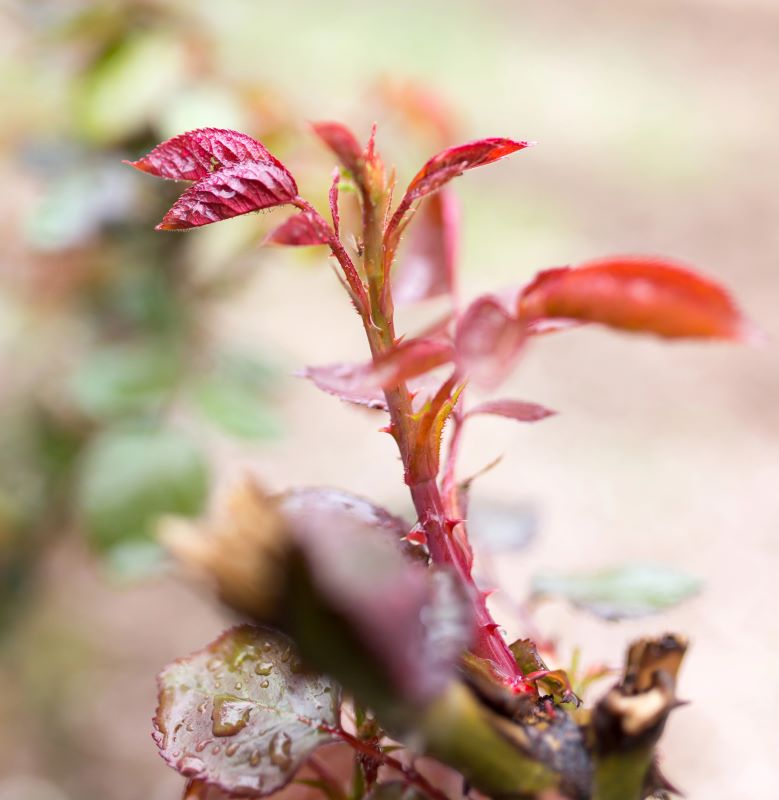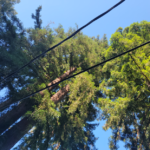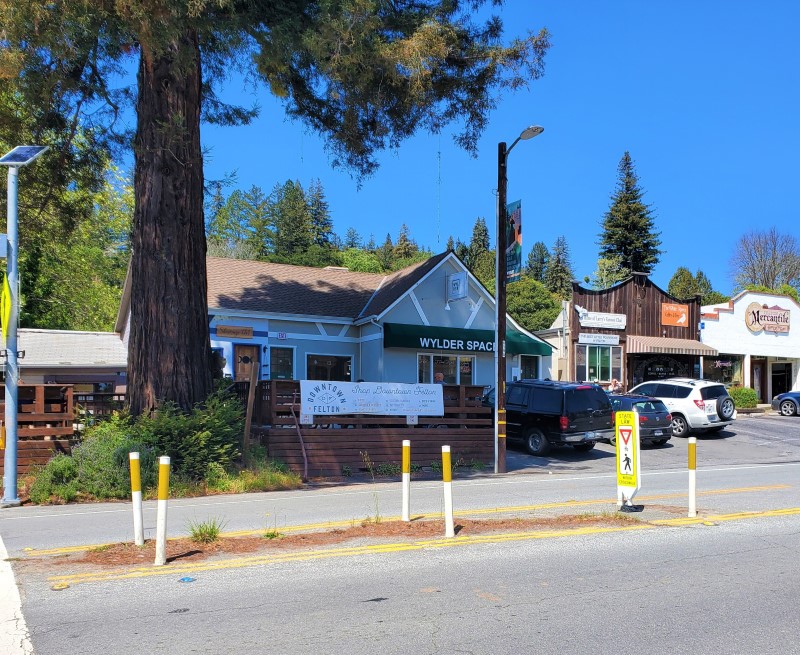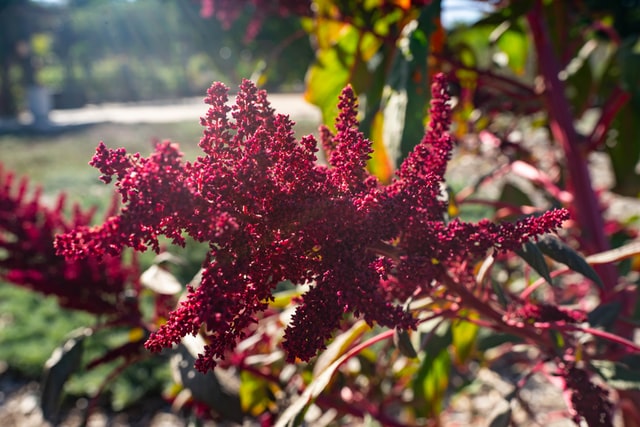
Pruning & Soil Tips

By Josh Reilly
It’s February. We are at the Winter apogee, the balance point, after which time begins its vertiginous plunge toward Summer. The momentum of last Summer is gone, the rush of Spring hasn’t begun. Time seems suspended. In other, less lofty, romantic words, I don’t really know what to do with myself in the garden. Everything that was going to be defoliated and diminished by frost has been. Last year’s leaves are layered deep and below them, dark brown mud never really dries up. A feast for earthworms and soil microbes that they haven’t really begun to eat. The days are short, the incident angle of sunlight low, the shadows long. Mist clings to the slopes above dark ravines. The ridge tops themselves are all but lost in the clouds. There seems to be barely enough time to go about the business of growing and flourishing. Or so a snapshot might convey.
This sense of stasis, however, is an illusion. The Garden is preparing itself for a burst of color and activity in Spring beneath the mud. There is plenty to do. If you haven’t pruned your roses, get busy. They are going to start pushing out foliar buds this month if they have not already. For those intimidated by this potentially injurious task, leather rose gloves are available at nearby garden centers. I don’t use them, but generally, by the end of pruning season, my arms bear multiple, if shallow, perforations. Shrub roses, such as our native California rose, are especially hazardous, covered in small but razor sharp thorns throughout. Some Grandiflora, Floribunda and Hybrid Tea roses, have far fewer, but much larger spines. With care, you can work around them. And Lady Banks, a vigorous vining rose, has no thorns at all.
It’s almost past time to prune your fruit trees, but if they are not showing this year’s foliar buds, go ahead. If you have a wood stove, remember that fruit tree cuttings make superbly good kindling. It’ll be plenty dry by next November. Going a year without pruning won’t really harm most fruit trees, but it’s a rewarding task and well worth the challenge. Splurge on proper hand pruners, called secateurs. High quality secateurs made by Corona and ARS are available at Mountain Feed and Farm Supply and at San Lorenzo Garden Center. “By-pass” blade pruners are best, giving a sharp, precise cut versus “anvil” pruners, which make a blunt, unsightly cut. Some people sterilize their blades between cuts. If I worked in a specialized production nursery, offering rare, expensive plants, or performing tasks like grafting, I would certainly do this. In my garden with my limited, not particularly exotic collection, I don’t bother. Between plants, however, it’s a perfectly commonsensical suggestion. Hydrogen peroxide or rubbing alcohol will do just fine. Whether you sterilize or not, keep your pruner blades sharp. Rough cuts with peeling bark are an invitation to infection.
February is not at all too late to apply dormant spray to roses and fruit trees. Right after pruning is a good time to spray. Access to the bare stems is easier. Dormant spraying will help your roses and trees live long and prosper, so to speak. February is also a good time to start adding soil amendments. Get an inexpensive soil test kit and find out what you need. At least test your soil pH (acidity/alkalinity). Minor nutrient and pH problems are easy to ameliorate. For instance, a slightly acid soil will help your roses fend off disease. Try adding a thin layer of coffee grounds under your roses for control of fungal diseases like Black Spot. Coffee grounds are acidic, creating soil conditions less favorable for these organisms. The good folks at Coffee Nine leave bags of spent coffee grounds outside the store, near the shed. I’ve been picking them up there for years.
Josh Reilly, aka Uncle Skip, writes about seasonal gardening from his home in beautiful Ben Lomond, California.
***
Have a story to share? The San Lorenzo Valley Post welcomes your Santa Cruz Mountains news, story ideas, photos, and letters. Send us an email.
Sign up for our newsletter to stay connected to news and events in the Santa Cruz Mountains.









